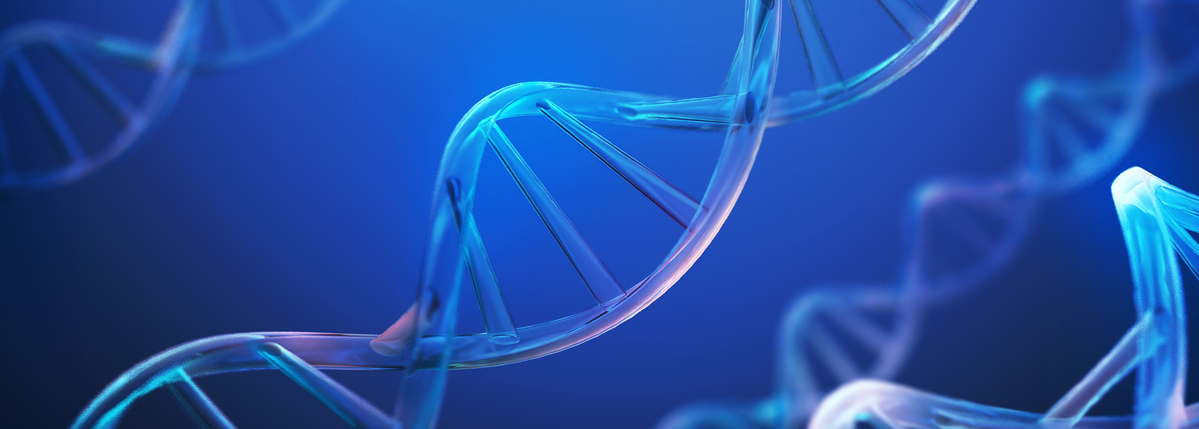5 Science Facts You Didn’t Know About Diabetes
Most people have at least heard of or know what diabetes is, but here are some interesting science facts that you may not have known about diabetes!
Sunburns Can Raise Blood Glucose
Nothing can ruin a day spent relaxing at the beach like a sunburn. Unfortunately, for people with diabetes, a sunburn may not be the only concern. Studies show that sunburns can significantly raise blood glucose levels in people with diabetes (PWD).
How is this possible?
First, people with diabetes feel more effects from heat than others. Additional effects of sunburns can include more frequent urination and faster dehydration. The more dehydrated you become, the more concentrated the glucose in your bloodstream will be, too! Staying hydrated is critical when spending a day at the beach.
As much as we all enjoy a sun-kissed tan, it is imperative to use sunscreen to prevent sunburns and elevated blood sugar levels.
Diabetes is a Source of Depression and Anxiety
Diabetes is a tough task for anyone to manage. Maintaining your mental health and wellness during the day-to-day diabetes juggling act can be even more difficult. Research has shown that people with diabetes are more likely to experience feelings of depression and anxiety compared to those who don’t have diabetes.
Research has found that
- One in six people with type 1 diabetes (T1D) is affected by moderate-to-severe anxiety symptoms.
- One in five people with type 2 diabetes (T2D) who use insulin are affected by moderate-to-severe anxiety symptoms.
- One in six people with T2D who do not use insulin is affected by moderate-to-severe anxiety symptoms.
Although many PWD may experience anxiety or depression, only 36 percent will ever receive treatment and support. There is no shame in asking for help with your mental health. People living with diabetes are strong but do not need to face this alone. Finding support in the community can make all the difference!
Genetics is Not The Only Cause of T1D
The cause of T1D has been questioned for decades. In fact, while it’s often assumed to be entirely genetic, research has found that approximately 93 percent of T1D cases are in people with no family history of the disease.
The question that persists is, what triggers your immune system to begin attacking the insulin-producing cells in the pancreas?
What the most recent research has found is that your body was likely in the earliest stages of developing T1D for years prior to when you developed symptoms. But there is often a trigger that pushes that autoimmune attack into hyperdrive, significantly reducing insulin production, and leading to noticeable symptoms of T1D.
One potential trigger may be exposure to a virus—including the common cold, the flu, and possibly even COVID-19. When you catch a common cold or the flu, your body’s natural immune system is attacking both the virus and the cells in your pancreas that produce insulin. If you were already in those earlier stages of developing T1D, the virus ramps up that autoimmune attack.
Research shows that individuals who have the Epstein-Barr virus are more prone to further developing T1D. This virus produces proteins that alter gene transcription, in other words, the synthesis of RNA by binding to sites associated with autoimmune disease. While the Epstein-Barr virus directly causes damage, the enterovirus has been shown to cause damage to the pancreas, increasing the susceptibility of individuals continuing on to develop T1D.
The point lies in the fact that genetics is not the only cause of T1D and research is continuing to investigate what triggers these changes.
Mellitus in Diabetes Mellitus Translates to Honey Sweet
The history of diabetes is not just a linear path, but rather an intersection of questions, observations and experiments. Thousands of years ago, ancient Egyptians made important discoveries that lead to the knowledge of diabetes that we possess now.
They diagnosed diabetes by tasting the urine of people exhibiting common symptoms. You heard that right: tasting urine. If a person’s urine tasted sweet, it indicated high blood sugar levels, and thus your diabetes was diagnosed! Mellitus in the name ‘diabetes mellitus’ is even derived from “pleasant tasting, like honey.”
Ancient Indians also tested for honey urine by identifying if ants were attracted to the urine due to its sugar content.
By the 1800s, scientists, such as Karl Tommer, were able to chemically detect high blood sugar levels through acid hydrolysis. Acid hydrolysis would break down the disaccharides into monosaccharides, allowing scientists to progress from identifying glucose in urine to the bloodstream.
Insulin was Derived From Pigs
Oink! Oink! Oink! Moo! Moo! Moo! That is the sound of our diabetes saviors in 1923.
Back in the day, scientists developed insulin with the help of pigs and cows.
Frederick Banting, a renowned surgeon, and medical student, Charles Best, were the first to isolate the hormone insulin from cows. In 1922, they administered insulin to a 14-year-old girl, named Leonard Thompson, whose diabetes improved soon after.
It’s been reported that two tons of pig pancreases would be necessary for extracting eight ounces of insulin. The “porcine” or “pork insulin” would then be purified to ensure a normal immune response in humans.
Today, recombinant human insulin is made from strains of E. coli bacteria or Saccharomyces cerevisiae. (Learn more about how insulin is made today!)





